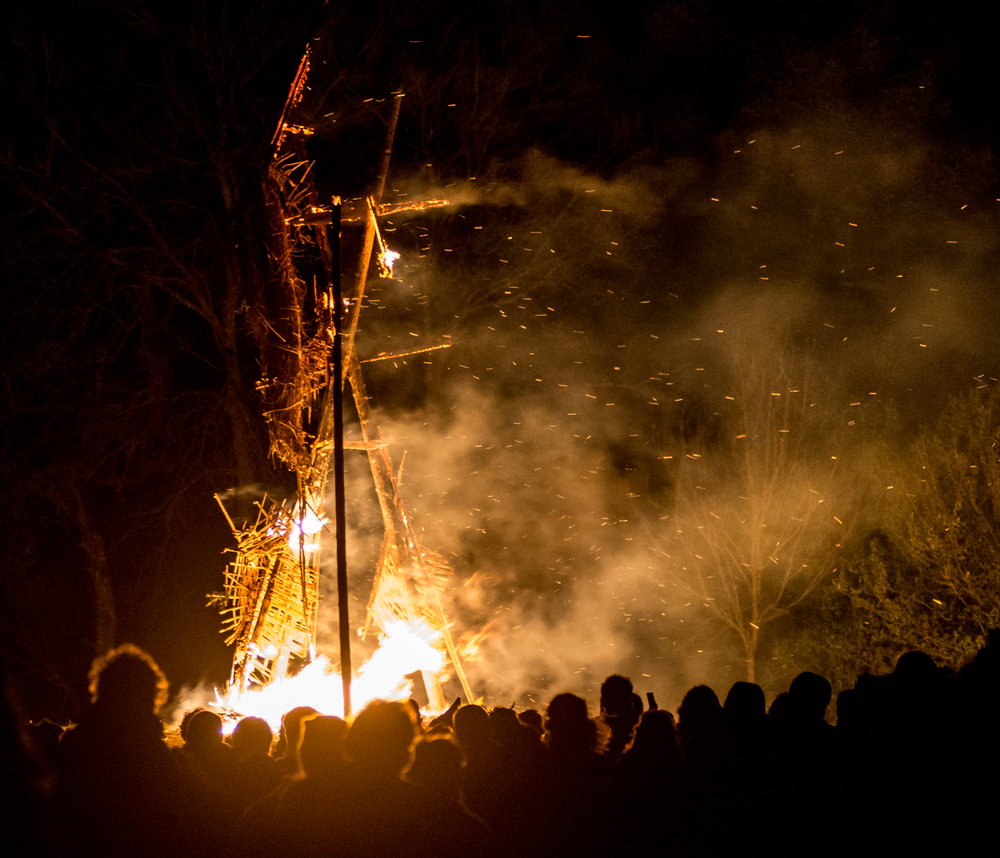
The beginning of May is somewhat significant in various pagan circles. Across Europe, May 1st often marks “May Day,” which is a celebration that takes many forms depending on the country. In Ireland, the event can trace its roots back to a pagan festival known today as Beltane. Considered the unofficial start of summer, Beltane is a holiday rooted in all sorts of intriguing Gaelic traditions and mysteries. At its core, however, it is a celebration of the sun and all the warmth does to restore the world each year.
There are many different aspects to Beltane. Explore some of these details and learn more about this ancient May celebration.
The Early Origins
According to historians and folklore experts, Beltane is one of four ancient Gaelic celebrations. These main events were known as Samhain, Imbolc, Beltane, and Lughnasadh. Each of these marked the beginning of a different season and was associated with an array of different rituals. Since life in Ancient Ireland centered around raising livestock, Beltane was the official start of the season during which grazing animals would be taken out to pasture for the next few months. Most Beltane rituals revolve around protecting the livestock through a number of different practices.
Historians believe Beltane was one of the more important Gaelic celebrations. The celebration would center around the god Belenus, who was the sun god of Gaelic myth. Belenus was the most important god in the Gaelic pantheon, and revelers would travel near and far worship him during Beltane. In order to ensure a healthy flock, druids would engage in a ritual sacrifice meant to please Belenus and deliver good fortune to the fields. Descriptions of these sacrifices can be found in a number of old Irish texts that detail Beltane’s significance.
Moving Through History
Though Beltane is not celebrated in the same manner that it once was, people all over the world still pay honor to this event each year. The rituals surrounding the holiday have changed somewhat as the centuries have passed. As livestock became less and less ingrained in the routines of most people, different rituals started to emerge. One new tradition that has appeared in recent decades is the significance of bonfires, which started sometime in the 19th century. Bonfires began to play a very significant part in the holiday and how it was celebrated.
During the hours leading up to the bonfire, people throughout the community would extinguish any fire in their homes. This means all hearth fires, candles, and lanterns would be snuffed out to envelop the area in total darkness. Once this was accomplished, the people would gather together at the site of the bonfire and help to light it together. Throughout the night’s revelries, the bonfire would be the only point of light in the area, and it would continue burning as a way of praising the power of Belenus.
Natural Imagery
As with most seasonal celebrations, the imagery associated with Beltane is rooted in the natural offerings of the time of year. Being a spring celebration, flowers play a significant part in décor and dress. Blooms like hawthorn, hazel, primrose, and marigold are often featured heavily during Beltane. Trees like sycamores also play a big part, with revelers decorating the branches with ribbons as a part of the celebrations. Some communities even create a “May Bush,” which is a small bush decorated with all kinds of natural ornaments to help usher in the season.
Beltane is an ancient celebration of the coming of summer and all the season brings along with it. Though the traditions surrounding this holiday have changed over the centuries, the core of the holiday remains true to the original idea of paying homage to the passing of one season to the next.

